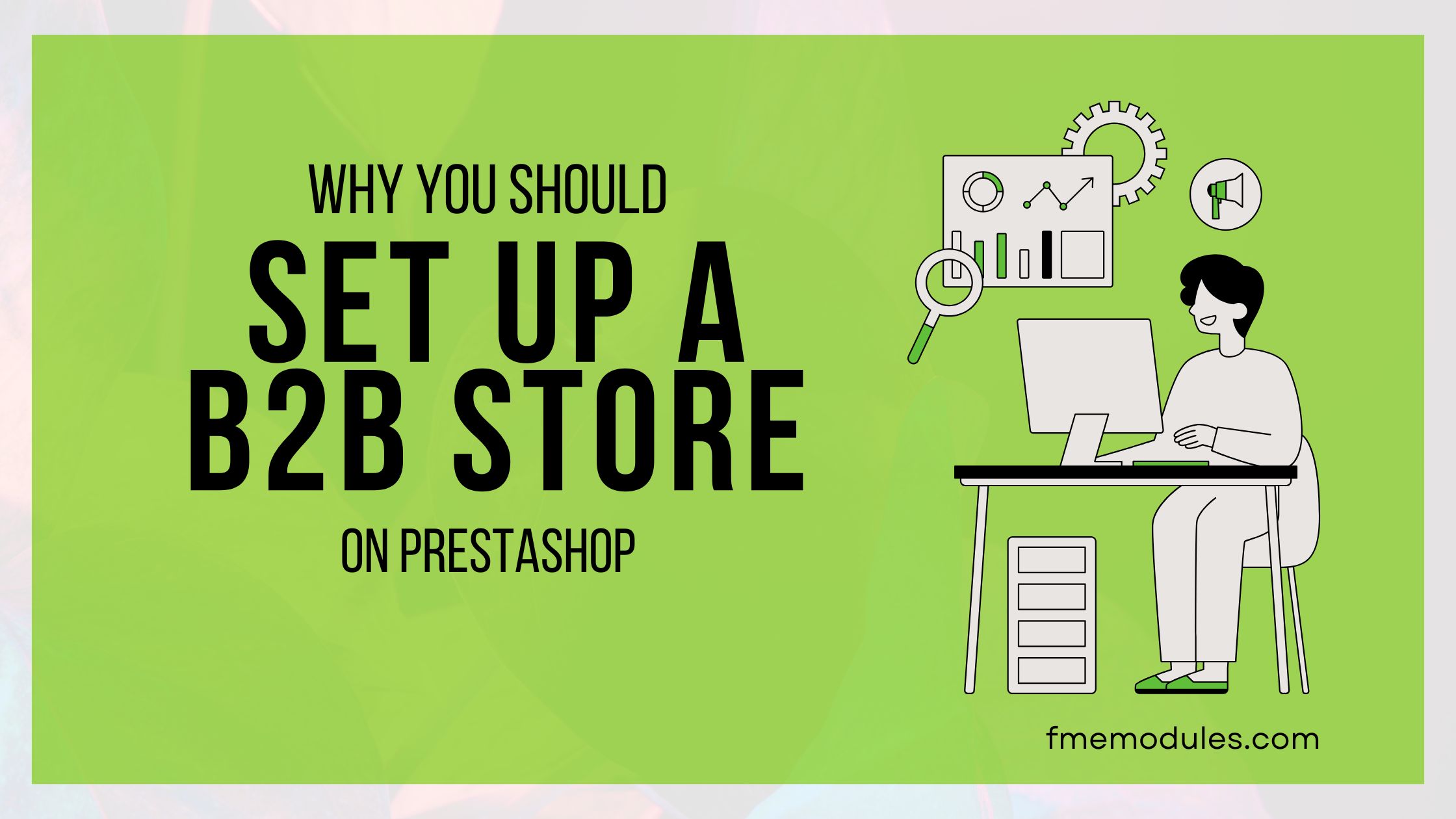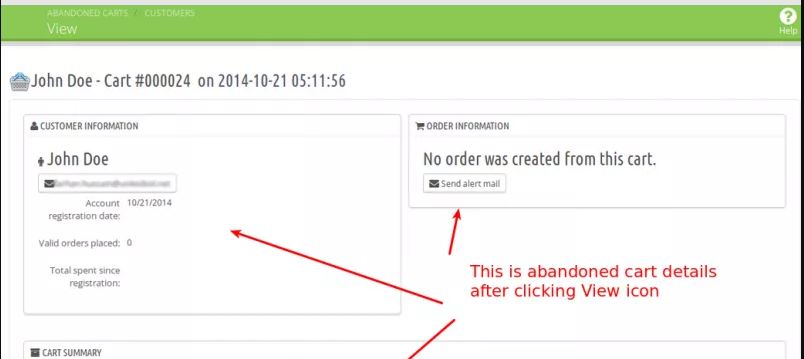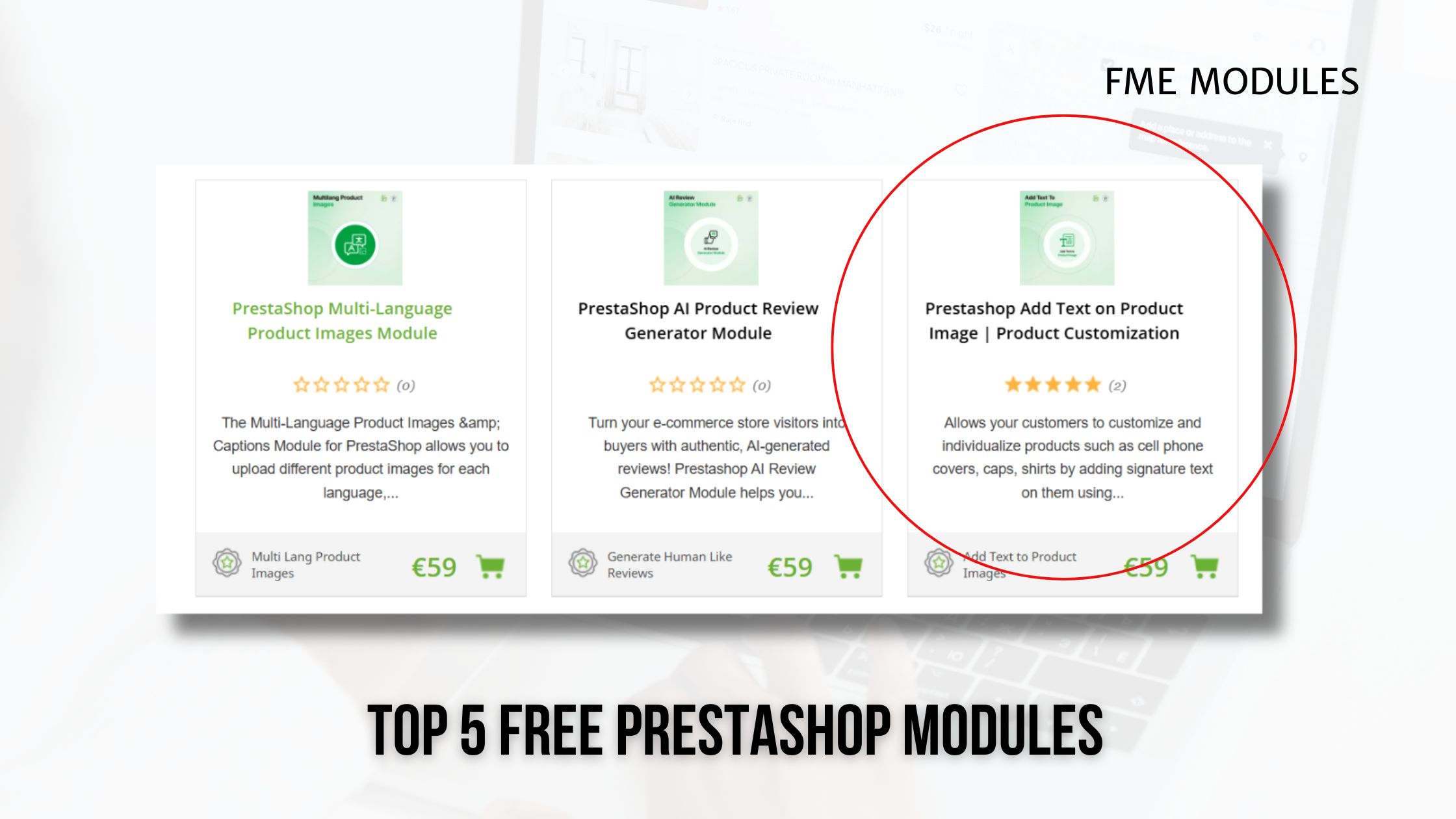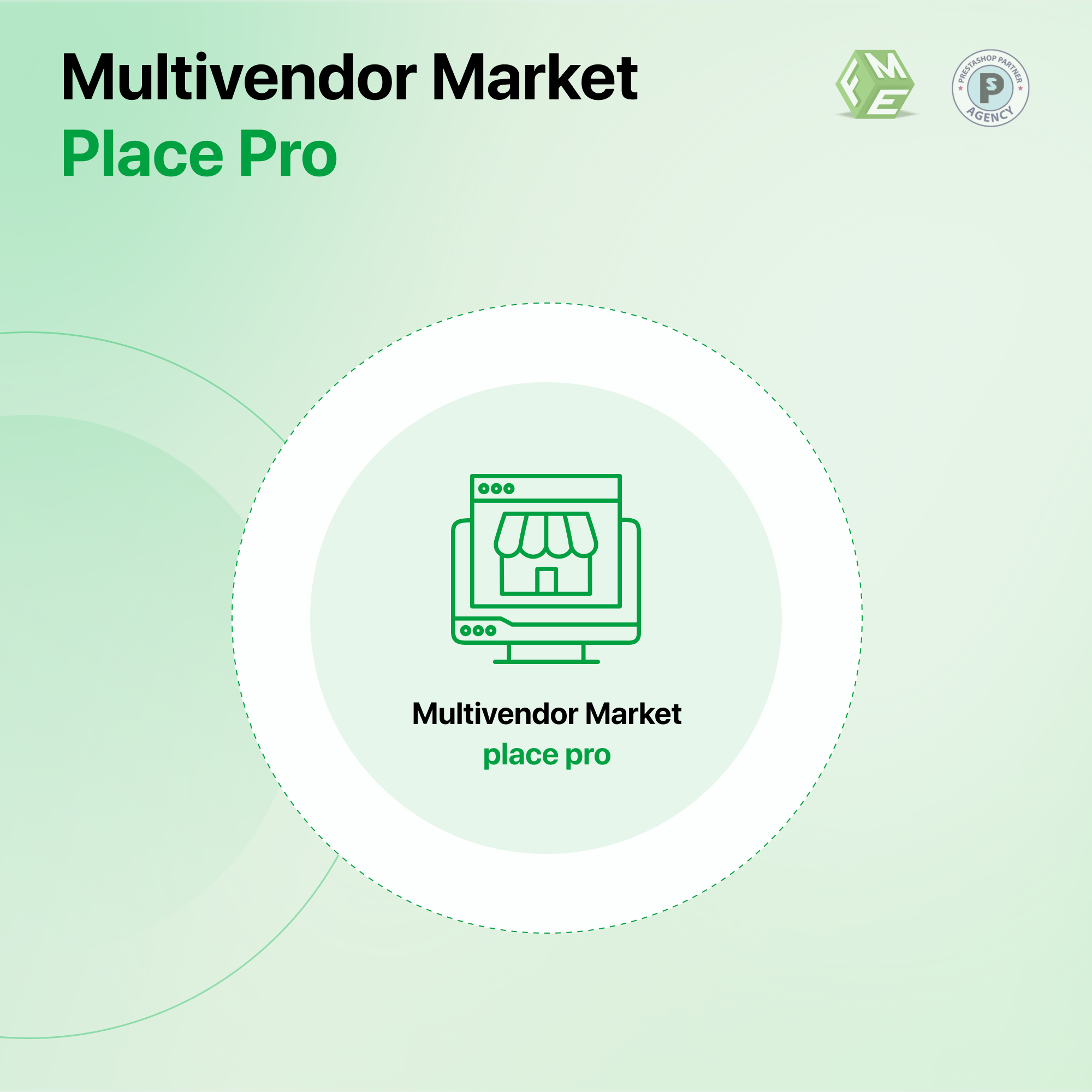Leading E-commerce Platforms for Multi Vendor Marketplaces

Posted On: Nov 20, 2024
Categories: Shopping Carts & Platforms , Marketing
bt
Leading e-commerce platforms for multi-vendor marketplaces include Shopify, Magento, Woo Commerce, and Prestashop. These platforms help online merchants convert their e-commerce store into a fully-fledged market and allow them to showcase multiple brands in one location.
“In this blog, we will discuss the leading e-commerce platforms for multi-vendor marketplaces and highlight the importance of the PrestaShop marketplace pro module in enhancing e-commerce experiences.”
Why Choose a Multi-Vendor Marketplace Platform?
A multi-vendor marketplace platform is an e-commerce solution that allows multiple sellers to sell their products or services on a single platform. It's especially useful if you're looking to expand your business online without managing all the complexities of running your website. The marketplace owner manages the platform's overall operations. Each seller is responsible for their products, prices, and inventories.
“PrestaShop or ecommerce platform that connect buyers & sellers under one roof”
For Example:
If you want to buy shoes, where would you go? To a place with only one shoe store or to a shopping mall with several shoe stores?
Best is in a Shopping mall?
Because in a mall, you can choose from hundreds of alternatives. If one store disappoints you, you can simply go to another store. Thus, you can find and buy the most attractive shoes, and the same things happen in online shopping.
How Does a Multi-Vendor Marketplace Platform Work
There are several types of stakeholders involved in a typical multi-vendor marketplace:
- Marketing and Promotion
- Analytics and Reporting
- Customer Service
- Payment and Commission
- Product listing and order management
- Vendor management and order fulfillment.
- Platform setup and Customization
Platform Setup:
- Admin Registration: Admin selects and configures multi-vendor software.
- Configuration: Set up payment gateways, shipping options, and user management.
- Vendor Registration and Approval: Vendors register and are approved by admin.
Customization:
- Design and Layout: Customize themes, homepage, and product categories.
- Feature Customization: Add or modify features like advanced search and social media sharing.
- Vendor Dashboards: Personalize vendor dashboards for managing sales and inventory.
- Customer Experience: Optimize checkout, ensure responsive design, and add support features.
- Marketing and SEO Tools: Integrate SEO-friendly URLs, email marketing, and social media tools.
Vendor Management:
- Vendor Registration: Vendors sign up and get approved to sell on the platform.
- Dashboard Access: Vendors get personalized dashboards to manage their stores.
- Product Listings: Vendors add, edit, and manage their product listings, including descriptions, prices, and images.
- Inventory Management: Vendors track and manage their inventory to ensure product availability.
- Sales Tracking: Vendors monitor their sales, performance, and customer feedback through their dashboard.
- Communication: Vendors can communicate with customers for inquiries and support.
Order Fulfillment:
- Order Processing: Vendors receive order details and start processing the order.
- Packaging: Vendors package the products securely for shipment.
- Shipping: Vendors arrange for shipping and provide tracking information to customers.
- Notification System: Both vendors and customers receive notifications about order statuses, such as confirmations and shipping updates.
- Customer Service: Vendors handle customer inquiries and issues related to their orders.
- Returns and Refunds: Vendors manage returns and refunds according to the marketplace policies.
Product Listing:
- Adding Products: Vendors add their products to the marketplace, including detailed descriptions, images, prices, and categories.
- Editing and Updating: Vendors can edit and update product information as needed to keep their listings accurate and appealing.
- Inventory Management: Vendors manage inventory levels, ensuring that products are available and accurately reflected in the marketplace.
- SEO Optimization: Vendors optimize product titles, descriptions, and images for better visibility in search results within the marketplace and on search engines.
- Categorization and Tags: Products are categorized and tagged appropriately to make it easy for customers to find what they want.
Order Management:
- Order Processing: When a customer orders, the vendor receives and begins processing the order details.
- Order Confirmation: Vendors confirm the order and update its status, sending notifications to customers.
- Packaging and Shipping: Vendors package the products securely and arrange for shipping, providing customers with tracking information.
- Order Status Updates: Vendors and customers receive notifications about the order status at various stages, such as order confirmation, shipping, and delivery.
- Customer Communication: Vendors communicate with customers regarding any questions or issues related to their orders, ensuring a smooth buying experience.
- Returns and Refunds: Vendors handle returns and refunds under the marketplace policies, providing a seamless process for customers.
Key Features to Consider in a Leading Multivendor Marketplace Platform
To provide a seamless marketplace experience for vendors and customers, it is important to consider several key features. Here are some of the most important features to consider:
- Easy to Use: You can spend your time on the platform. You want a platform that is easy to use for you and your customers.
- Useful Features: Consider features like adding product listings, managing inventory, processing payments, and tracking orders. The best platforms will have all the tools you need to run your online shop smoothly.
- Scalability: As your business grows, you don’t want your platform to hold you back. Choose a platform that can handle an increasing number of products, vendors, and customers.
- Security: This is super important! Ensure the platform has strong security measures to protect your customer’s information and your business data.
- The Right Price: Platforms offer different pricing plans. Before choosing one, consider your budget and the most important features.
- SEO: Built-in SEO tools can help improve the visibility of your marketplace and individual vendor products in search engines.
- Marketing Tools: Look for integration with popular marketing tools and platforms (e.g., email marketing, social media, Google Analytics) to help drive traffic and sales.
Shopify
Shopify has become a popular multi-vendor platform. Its user-friendly interface and robust feature set allow you to set up, manage, and set up multiple vendor stores. Platforms like Shopify offer a variety of third-party applications to enhance their multi-vendor functionality. Shopify is a great choice for all businesses because of its extensive app ecosystem and dedicated customers.
Key Features:
- Easy setup and customization
- Wide range of third-party apps
- Secure payment gateways
- Responsive customer support
Ideal for small to medium-sized businesses looking for a user-friendly and scalable solution.
Magento
Magento is powerful marketplace software that allows multiple vendors to use it. It's known for its flexibility, scalability, and power. Magento's open-source nature allows for extensive customization, making it popular among developers. Magento 2 Marketplace Extension will enable you to transform your Magento store into an online marketplace with multiple vendors. Its robust architecture is designed to support large-scale operations with complex product catalogs.
Key Features:
- Highly customizable
- Extensive marketplace extensions
- Robust SEO features
- Strong community support
Ideal for large and medium-sized enterprises that have access to development resources.
WooCommerce
WooCommerce is a WordPress plug-in that's a great choice for anyone looking to create a marketplace with multiple vendors. It can become a marketplace with Dokan and WC Vendors, offering a seamless shopping experience for customers and sellers. WooCommerce is highly customizable, and its integration with WordPress allows it to be flexible for different business requirements.
Key features:
- Integration with WordPress
- Wide range of plugins
- Flexible and scalable
- Extensive documentation and support
Perfect for WordPress users and small to medium-sized businesses.
PrestaShop
PrestaShop, a popular e-commerce platform, can transform into a marketplace with multiple vendors and third-party modules like PrestaShop Marketplace. Its user-friendly interface and robust feature set make it a favorite among e-commerce businesses. PrestaShop has a vibrant community that provides support and valuable resources.
Pricing Plan:
€139.99/Year
Key features:
- User-friendly interface
- Wide range of third-party modules
- Highly customizable
- Strong community support
- Vendor-Specific Coupons and Discounts
- Product Q&A Section on Vendor Pages
Ideal for small—to medium-sized businesses looking for a flexible and open-source solution, the Marketplace Pro Module can be used to create a dashboard that tracks revenue in graph form. You can also set a minimum amount of money that sellers can withdraw, a holding period for payments, and a percentage fee for the seller.
What is the role of the PrestaShop Multi Vendor Marketplace Module?
PrestaShop is a powerful e-commerce tool. It is an open-source platform for managing and creating an online store. The platform offers many features, including order processing, product management, payment integration, and more. PrestaShop's advanced Multi-Vendor Marketplace enhances your store, allowing multiple vendors to list their products and sell them, creating a dynamic marketplace.
Prestashop Multi Vendor Module
Marketplace Pro is a PrestaShop Multi Vendor Marketplace Solution that allows you to create an interactive and flexible marketplace in your e-commerce store. This will enable your customers to sell products. This module provides full seller management. Vendors can use a powerful dashboard to manage listings and sales. The module also offers robust payment management, with multiple payment options to ensure smooth transactions. The module also supports multishop functionality to enhance the flexibility and scale of your marketplace.
Key Features of PrestaShop Marketplace Pro Module
- Dashboard: View revenue details and history through graphs, as well as recent orders, pending orders, and products.
- Products: Add, edit, and delete products.
- Orders: View order details, check status, and search orders.
- Payment Details: Manage payment methods and details for admin payouts.
- Transaction Details: View total transaction details (paid, canceled, successful, pending).
- Additional Features: Add videos, combinations, shipping methods, fees, and feature products on the homepage.
- Seller Profile: View seller profiles, ratings, and contact information.
- Vendor Management: Full vendor/seller management with auto-approval for new vendor requests.
- Product Management: Complete control over product listings and management.
Choosing the right Multi-Vendor Marketplace platform
It is crucial to select a multi-vendor marketplace that will support your business goals and scale with your marketplace as it grows. Here are some key factors to take into consideration:
1. Pricing and Cost Structure
Understand the cost structure of a platform before choosing one. Some platforms, like Marketplace PrestaShop, charge a monthly fixed fee, while others offer a free version with paid-for features. Compare these costs to your budget and growth plans. Be sure to include hidden costs, such as transaction fees and additional integration charges. By evaluating all pricing models, you can ensure the platform aligns with your financial goals and strategy.
2. Ease of use and vendor onboarding
An easy-to-use platform saves time for you and your vendors. Choose one with a simple setup, intuitive dashboard, and user-friendly onboarding to help vendors start selling quickly without extensive training. This simplifies marketplace management as you scale.
3. Scalability and Performance
It would be best to consider how many vendors, products, and users the platform can handle. Scalable platforms ensure that performance won't be affected as your vendor base or product offerings expand.
4. Customization Options
Choose a platform that allows customization. Each marketplace has its own needs, and customization is key, whether it's your storefront design, checkout process, or vendor tools. Platforms with flexible APIs and integrated integrations will allow you to customize the platform according to your business needs.
Inventory and order management
Inventory management becomes more complex as you add vendors to your platform. Platforms with advanced inventory features, like the PrestaShop Marketplace Module, allow vendors to monitor their stock levels in real-time, set alerts for low stock, and manage shipments smoothly. Efficient order management tools enable vendors to fill orders quickly, increasing customer satisfaction.
Conclusion
Leading e-commerce platform providers such as Shopify, Magento, WooCommerce, and PrestaShop provide robust solutions for multi-vendor marketplaces. These platforms allow online merchants to transform their stores into dynamic markets showcasing many brands. They also enable businesses to offer various products, increase customer satisfaction, and improve the e-commerce experience. PrestaShop module Marketplace Pro, in particular, provides many advantages to seller management, payment processing, and customization. This makes it a great choice for businesses that want to grow and thrive in the competitive online marketplace.
Frequently Asked Questions
What is a multi-vendor marketplace platform?
A multi-vendor marketplace platform is an e-commerce solution that allows multiple sellers to list and sell their products on a single platform, providing customers a diverse shopping experience.
Which platforms are best for multi-vendor marketplaces?
Some top platforms include Shopify, Magento, WooCommerce, and PrestaShop, each offering unique features and capabilities tailored to different business needs.
How do I set up a multi-vendor marketplace?
Setting up a multi-vendor marketplace involves selecting a platform, customizing the design and layout, registering vendors, configuring payment gateways and shipping options, and integrating marketing and SEO tools.
How do I ensure the security of my multi-vendor marketplace?
Ensure the platform has strong security measures, including secure payment processing, data encryption, and fraud prevention tools.








